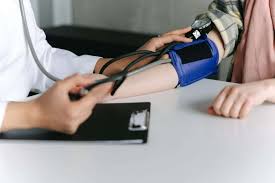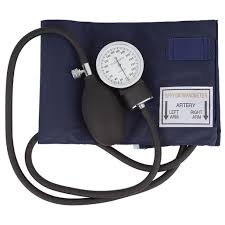Physical Address
304 North Cardinal St.
Dorchester Center, MA 02124
Physical Address
304 North Cardinal St.
Dorchester Center, MA 02124
A cardiologist shares the proper steps for an accurate result

Home blood pressure monitoring may yield inaccurate results due to several common errors. The American Heart Association defines a typical healthy blood pressure as 120/80, while approximately half of American adults experience elevated blood pressure (systolic 120-129 with diastolic under 80). Hypertension, characterized by systolic readings of 130-139 or diastolic readings of 80-89, can increase heart attack and stroke risk when not addressed, according to the AHA.
“It is very common to see patients with bad data,” said Dr. Bradley Serwer, a Maryland-based cardiologist and chief medical officer at VitalSolution, an Ingenovis Health company that offers cardiovascular and anesthesiology services to hospitals.
“It is essential to follow the proper standardized instructions.”
The cardiologist shared with Fox News Digital the following common mistakes he often sees patients make when monitoring their blood pressure.

Improper arm positioning can artificially elevate blood pressure measurements, potentially leading to incorrect hypertension diagnoses, according to recent Johns Hopkins Medicine research.
The study found that resting arms on the lap increased systolic pressure (the top number) by approximately 4 mmHg, while allowing the arm to hang at one’s side raised it by nearly 7 mmHg.
For optimal accuracy, Serwer advised Fox News Digital that patients should position their arm on a firm surface such as a desk, maintaining it at heart level during measurement.

The proper position is to sit upright with your feet on the floor and your legs uncrossed, resting your arm on a flat surface that is level with your heart,” Serwer advised.

An improperly sized blood pressure cuff will produce inaccurate readings, the cardiologist warned. “Blood pressure monitors typically use either arm or wrist cuffs,” he explained. “Arm cuffs generally provide more accurate results and require less precise technique to ensure reliable measurements.”

Serwer said he typically asks all patients to bring their home cuff to the office, where he first measures their blood pressure manually and then uses the patient’s cuff.
“We can then assess the accuracy of their cuff,” he said.

The most accurate results are obtained after sitting in a low-stress environment for five minutes, Serwer noted.